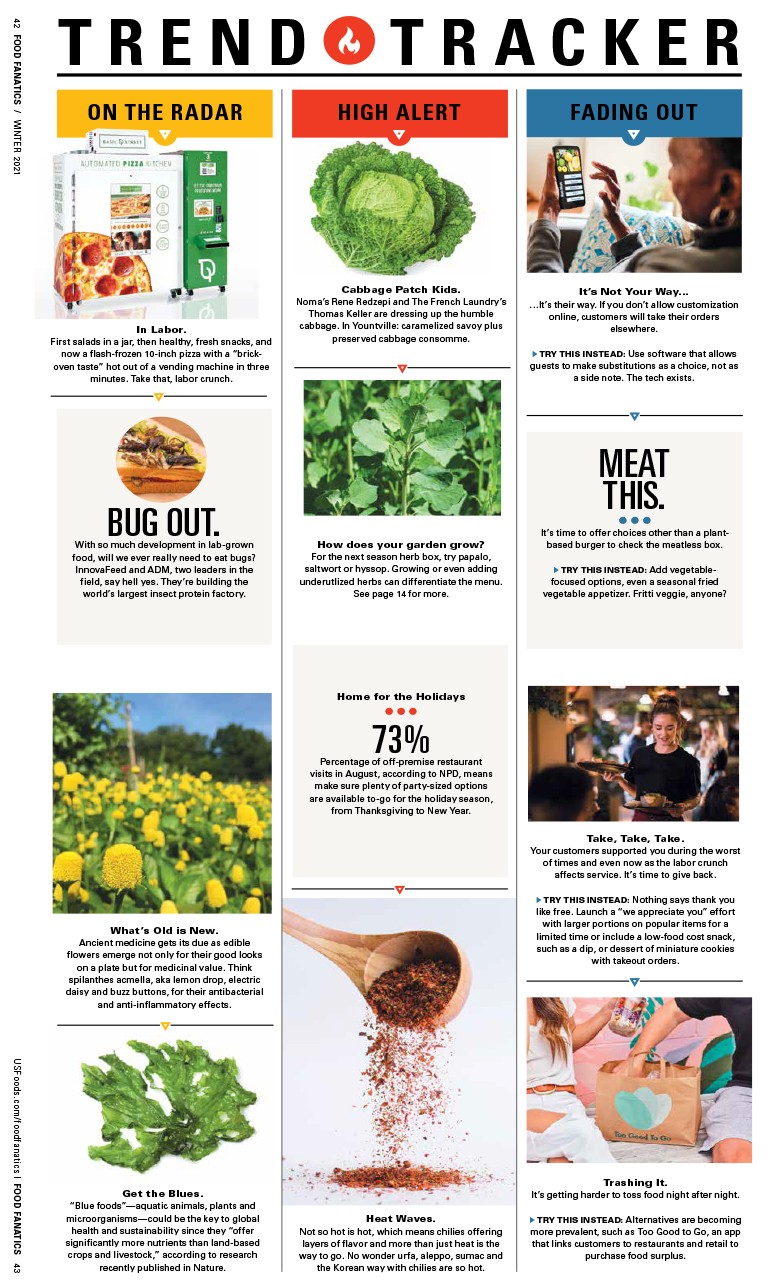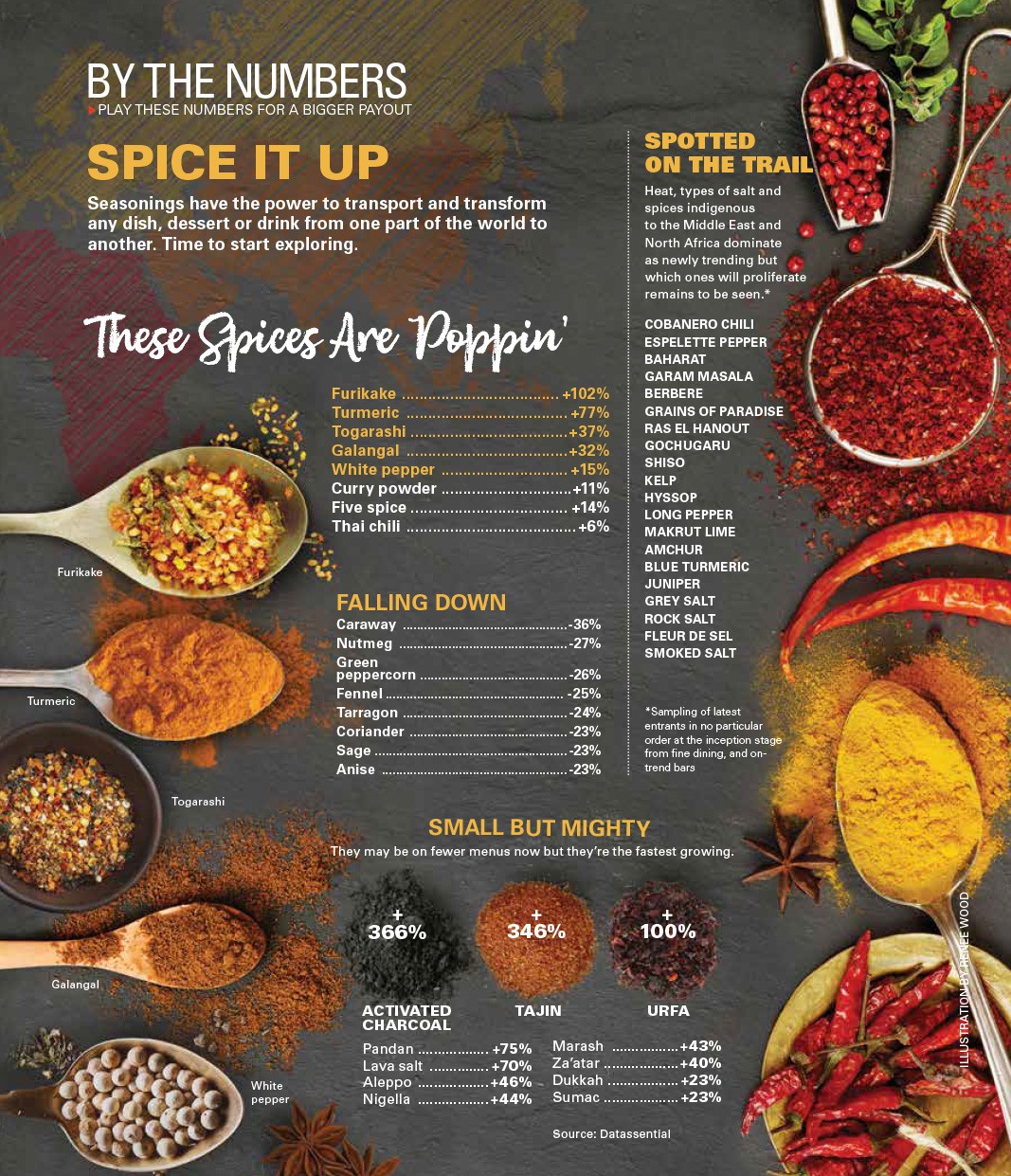Your Food Rocks, So Why Does Your Coffee Suck?
A solid coffee program can percolate into restaurant profits
Considering the attention paid to the decor, menu, music and even the grade of toilet paper, why is the coffee at most restaurants such a snoozer?
Restaurants determined to stand out are giving coffee a jolt, recognizing that a cup of joe can be a profit center and another way to build a top-notch reputation.
While better brews warrant higher prices, upgrading a coffee program takes commitment. Well-sourced beans typically cost double the price of ground coffee. State-of-the-art espresso machines and accessories can top $20,000 and often require ongoing training. And that’s just the beginning.
“It’s not enough to just change coffee,” says Chuck Patton, owner of Bird Rock Coffee Roasters in San Diego, California. “You have to change your methodology, too: how you grind, brew and present it to your customers. It’s a ton of work on the restaurant’s end. It’s not for everyone.”
Still, some restaurants are finding that partnering with small, independent roasters supplies them with more than just beans. Many offer regular staff training and equipment support, and some are on call in case a machine breaks down. Another benefit: Boutique roasters typically require a weekly order ranging from 25 to 40 pounds rather than an exclusive long-term contract, and coffee is delivered within 24 hours of roasting to ensure peak freshness.
Those who embrace a know-your-farmer philosophy often find common ground with small or local roasters, who tend to build relationships with growers around the world.
That can help a restaurant stand out in a crowded market, says Jo-Ann Makovitzky, who opened her New York City brassiere The Fourth—also home to 23-seat coffee bar Quatrième—in May 2013. Makovitzky, who also owns New York restaurants Tocqueville and 15 East, worked with a private label roaster in New Jersey to develop the “Quatrième Union Square blend” and an espresso roast, both exclusive to their restaurants.
At Makovitzky’s restaurants, drip coffee costs $3.50; espresso drinks run $4.50 to $5. A 12-ounce bag of Quatrième sells for $14. At roughly 40 cups per pound of coffee, the margins have clear room for profit.
She also invested in an $18,000 La Marzocco espresso machine, which she calls “our Ferrari,” and had it custom painted brown and pink to match the Quatrième logo. “If you’re in this beautiful café in Union Square, your coffee better be great and memorable,” she says. “That’s how you keep it busy.”
Working with a smaller roaster doesn’t require sticking local. Danny Fisher, general manager at Ripple in Washington, D.C., switched to cult-favorite Stumptown Coffee Roasters from Portland, Oregon, earlier this year.
“They’re passionate about what they’re doing and it really shows in their product,” Fisher says. “Consistency is a huge concern, and they’re extremely consistent.”
Ripple uses a $6,000 espresso machine and serves five types of coffee and espresso ranging in price from $2.50 to $8 for a two-cup French press. Coffee sales are up 10 percent this year, Fisher says. The restaurant limits drip coffee service to brunch, when turnover is quick and pots don’t sit on burners long.
Fisher says that ongoing training, both formally with Stumptown and informally at the restaurant, has been key to the program’s success.
“Our coffee program is definitely something we take pride in, and I’m constantly watching over what people are doing,” he says. “You have to trust your employees to follow through on proper operation and maintenance. Anyone can make great coffee taste bad. There’s a lot of room for human error. It’s a big investment, and it only makes sense if you have the passion to do it.”
Monica Ginsburg is a Chicago-based freelance business writer.
Get With The ProgramMake sure your coffee stacks up with high-end espresso bars. Some tips: Develop a coffee palate: Sample a variety of coffee black and look for notes that signal quality, much like wine. Do the homework: Look at coffee offerings you’re impressed by and adapt them to your needs. Request samples from vendors and learn as much as you can about the product and process. Stay seasonal: Like any agricultural product, beans are seasonal. Buying at peak times can save you money. Know your roaster: Look for roasters who are passionate about beans. Pay attention to their philosophies and how they source and roast their beans. Also pay attention to batch sizes and storage. Training is essential; some will help with equipment planning and purchasing, designing coffee bars and crafting menus. Name drop: Brand recognition is important—but only if it’s going to help drive sales. Pay mind to presentation: Teach staff about flavor descriptors and how different coffee styles pair with food. Make sure servers can share background about the coffee. |



